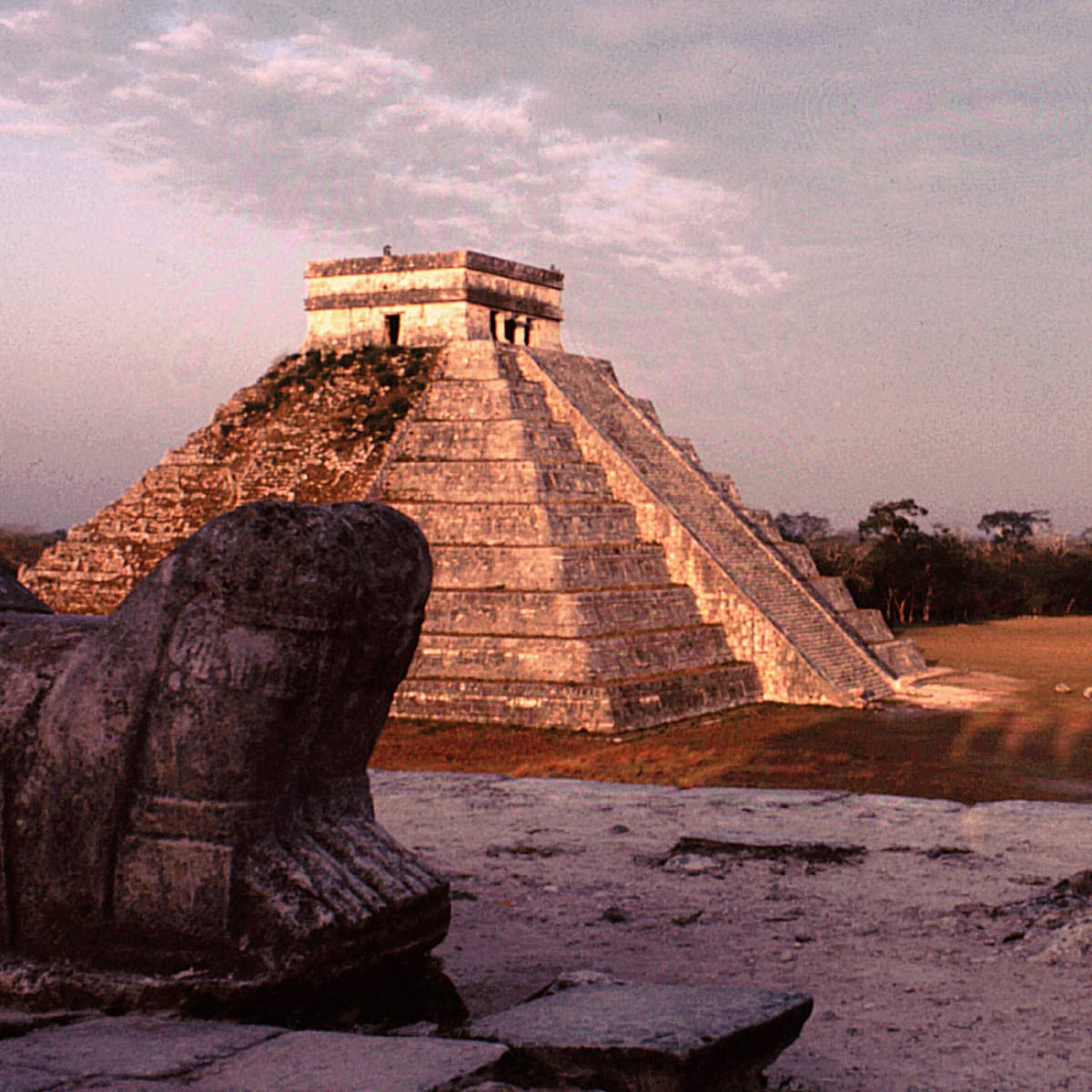The Maya and Inca civilizations were two of the most remarkable ancient cultures in the Americas. The Maya civilization was situated in the tropical rainforests of Mesoamerica, while the Inca Empire was located in the Andean Mountains of South America. The government structure of the Maya civilization consisted of independent city-states, each with its own ruler, while the Incan Empire was ruled by a single monarch, the Sapa Inca. The Maya religion was polytheistic, with a pantheon of gods and goddesses, while the Inca religion was centered around the sun god, Inti. The Maya civilization was known for its impressive pyramids, while the Inca civilization was known for its engineering feats such as the construction of roadways throughout their empire. Both cultures left an enduring legacy on the Americas and the world.
Maya Civilization vs. Inca Civilization: A Comparison of Two Ancient Americas Cultures
Introduction
The Mesoamerican and Andean regions of the Americas were home to two of the ancient world’s most remarkable civilizations. The Maya civilization flourished in Central America from about 2000 BCE until the Spanish conquest of the 16th century. The Inca Empire, centered in the Andean Mountains of Peru, ruled from the 15th century until the Spanish conquest in the early 16th century. Both the Maya and the Inca built impressive stone cities, developed complex governmental systems, practiced medicine, and engaged in extensive trade. This article will compare and contrast the Maya and Inca civilizations, exploring the similarities and differences between these two remarkable ancient cultures.
Geography and Climate
The Maya civilization was centered in the tropical rainforests of Mesoamerica, extending through Mexico, Guatemala, Belize, El Salvador, and Honduras. The Inca Empire, on the other hand, was located in the Andean Mountains of South America, stretching through modern-day Peru, Bolivia, Chile, Ecuador, and Argentina. The climate for the Maya was hot and humid, with frequent rainfall throughout the year, while the Inca’s climate varied from temperate highlands to the dry coastal plains.
Government and Social Structure
The Maya civilization was made up of independent city-states, each with its own ruler, government, and military. They had a complex social structure with strict hierarchies based on bloodlines and a caste system. Women had an important role in Maya society, and they were allowed to hold positions of power. The Incan Empire, on the other hand, was ruled by a single monarch, the Sapa Inca, who was considered to be the child of Inti, the Incan sun god. Social classes were also present in Inca society, but they were based on a person’s occupation, and it was possible to move between classes.
Religion and Belief Systems
Maya religion was polytheistic and was centered around a pantheon of gods and goddesses. They believed that gods controlled the natural world, and ceremonies and sacrifices were held to appease them. The Inca empire was centered around the concept of “ayllu,” or community, and their religion was centered around the sun god, Inti. They believed that their Sapa Inca, as the direct descendant of Inti, was responsible for their well-being and happiness.
Architecture and Building Techniques
The Maya civilization was known for its impressive pyramids, temples, and ball courts made of stone. They also utilized an intricate system of water management to supply their cities with freshwater. The Inca civilization was known for its impressive engineering feats, such as the Machu Picchu complex and the construction of roadways throughout their empire. They built using a technique called “ashlar masonry,” which involved cutting and fitting stones together without the use of mortar.
Art and Culture
Maya art and culture were centered around their religious beliefs, and they were known for creating impressive stone carvings, pottery, and textiles. They also developed a sophisticated system of writing, known as hieroglyphics. Incan art and culture were centered around their religious ideology, and they were known for their impressive goldwork, textiles, and ceramics.
Conclusion
The Maya and Inca civilizations were two incredible ancient cultures, each with their unique traditions, beliefs, and accomplishments. While they were different in many ways, they both left an enduring legacy on the Americas and on the world. Today, their architectural masterpieces and cultural achievements continue to fascinate and inspire people from around the globe.
